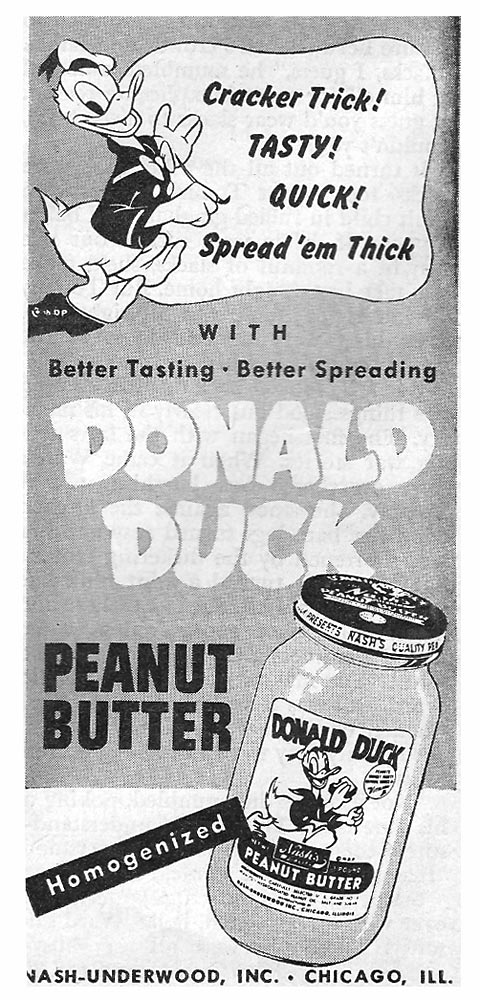 Here’s some random Christmas stuff. The last item isn’t about the holidays per se but perhaps “peace on earth, goodwill to all.”
Here’s some random Christmas stuff. The last item isn’t about the holidays per se but perhaps “peace on earth, goodwill to all.”
ITEM: Whist perusing YouTube, I happened to catch one of The Three Tenors singing Oh, Little Town of Bethlehem. When he pronounced the town, he sang Beth-LEE-Hem instead of Beth-leh-hem. It distracted the heck out of me, as it reminded me of a country album I own. Several years ago, I bought many Christmas CDs from a grocery store, usually for $2.99. One was Country Christmas Classics. I’m not sure who it was – it might have been Charlie Pride – but the male singer sang the geographic location the same way, which bothered me more than it probably should.
ITEM: State ornaments: Every year, ordinary Americans make one-of-a-kind ornaments representing every U.S. state, territory, and District of Columbia. These artists give their time and talents to designing and creating ornaments that symbolize their homeland’s history, heritage, and culture. The America Celebrates display, which surrounds the National Christmas Tree, is free and open to visitors throughout December.
ITEM: Unusual Christmas Ornaments Make the Holidays Weird and Wonderful, from a homemade Harry Potter garden gnome to a vintage scary clown ornament.
ITEM: Why Do We Say “Bah, Humbug!”? We know Scrooge’s famous “Bah, humbug!” from “A Christmas Carol,” but the phrase meant something more nuanced than simple grumpiness in Dickens’ time.
ITEMS: Chevrolet’s chopping onions on my blog again and 2024 New Zealand Christmas TV Ads
Tiny ripples of hope
ITEM: From the Dignity Index: “As they do each December, Merriam-Webster recently announced its word of the year. ‘Polarization’ is the selection for 2024, which their dictionary defines as ‘division into two sharply distinct opposites…’
“It might seem a long way off – but if we can each create a tiny subculture of dignity, millions of subcultures can mount a powerful challenge to the larger culture of contempt.
“In June of 1966, Bobby Kennedy made a trip to South Africa, where the government refused to welcome him, and its ministers refused to meet with him. Yet the Black residents rushed to greet him. At the University of Cape Town, in perhaps his most famous speech, he said:
“‘It is from numberless diverse acts of courage and belief that human history is shaped. Each time a man stands up for an ideal, or acts to improve the lot of others, or strikes out against injustice, he sends a tiny ripple of hope, and crossing each other from a million different centers of energy and daring those ripples build a current which can sweep down the mightiest walls of oppression and resistance.’
“Numberless acts of dignity – creating numberless dignity subcultures – also send out tiny ripples of hope, with the same powerful, reinforcing effect – leading, we hope, to a time, not far off, where the tide changes, where contempt backfires, where the culture shifts, and the dictionaries in the United States announce in December that the word of the year, for that year, is ‘Dignity.'”
Yes, this is way more optimistic than I am, but I’m willing to give a good thought.





 Way back in May 2017, a local blogger named Frank wrote about “Why so many blacks in ads?” I signed up for the comments to his post, and they were numerous. And usually awful. I wrote a
Way back in May 2017, a local blogger named Frank wrote about “Why so many blacks in ads?” I signed up for the comments to his post, and they were numerous. And usually awful. I wrote a 
